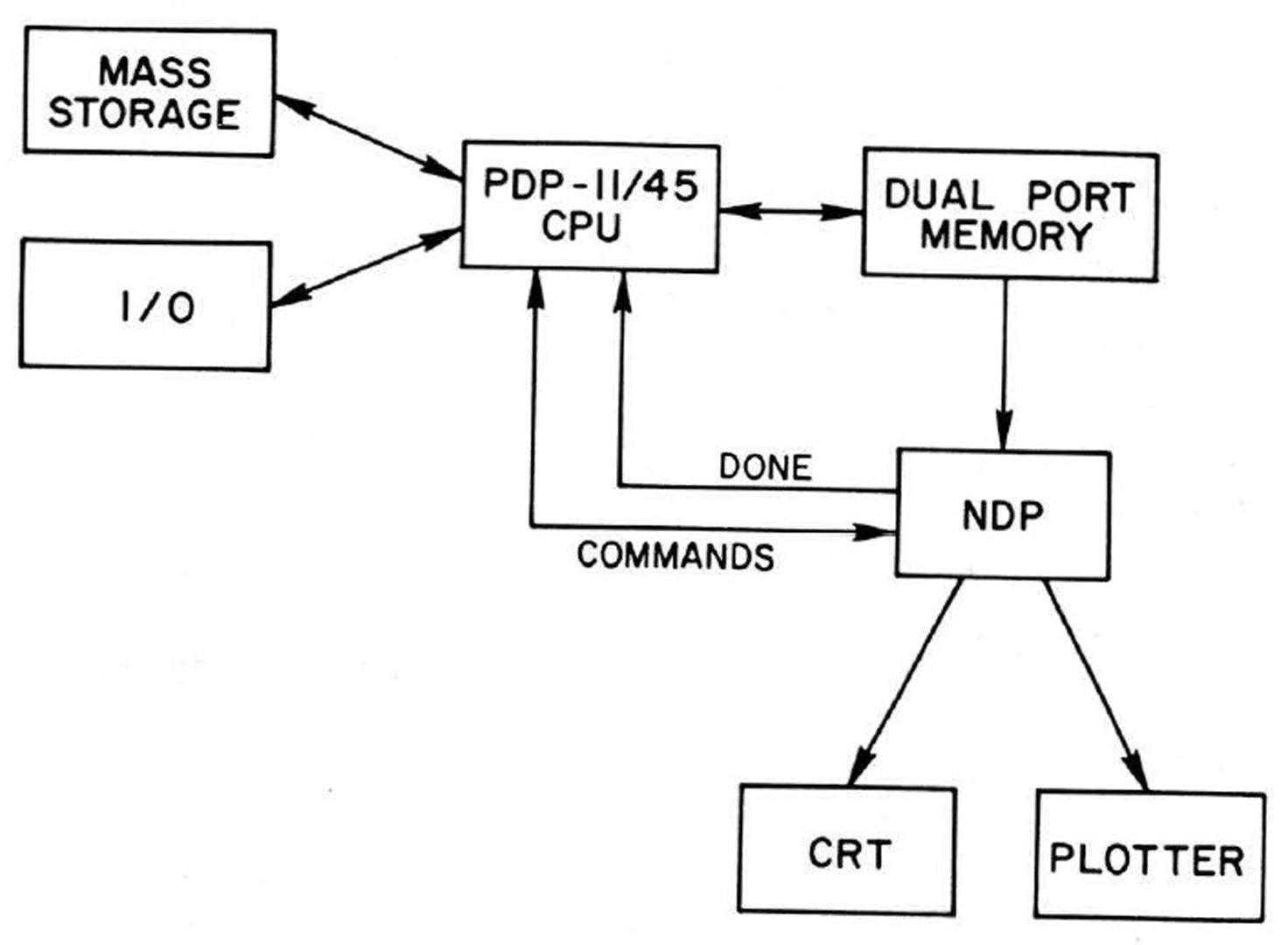“Characteristics of neuroscience computer graphics displays and a proposed system to generate those displays” by Capowski
Conference:
Type(s):
Title:
- Characteristics of neuroscience computer graphics displays and a proposed system to generate those displays
Presenter(s)/Author(s):
Abstract:
Computer graphics displays in the neurosciences are classified into three categories: anatomical structures, physiological waveforms, and statistical summaries. The capabilities required in a line drawing system to present neuroscience displays are smooth rotation and translation of 3D structures, simple line rejection, orthographic projection, and flexible interactive hard copy capable of drawing dots. The general purpose computer is available to refresh the CRT. A simple graphics processor with the necessary capabilities is defined and its unique features are discussed.
References:
1. Joseph J. Capowski, A General Purpose 3D Physical Modeling Program, Computer Graphics, vol. 7, no. 3, Fall 1973 Google ScholarDigital Library
2. Joseph J. Capowski, The Spike Program — A Computer System for the Collection, Sorting, and Analysis of NeurophysiologicalAction Potentials, Computer Technology in Neuroscience, Paul B. Brown, Ed., John Wiley and Sons, New York, May 1976Google Scholar
3. Joseph J. Capowski, Digital Plotting from a Line Generator Format — An Interface, Computer Graphics, vol. 9, no. 2, Summer 1975, pp. 9-16. Google ScholarDigital Library
4. Joseph J. Capowski, The Matrix Transform Processor, The IEEE Transactions on Computers, vol. C-25, no. 7, July, 1976Google Scholar
5. The LDS-2 System Reference Manual, Evans and Sutherland Computer Corp., Salt Lake City, Utah, August, 1971Google Scholar




